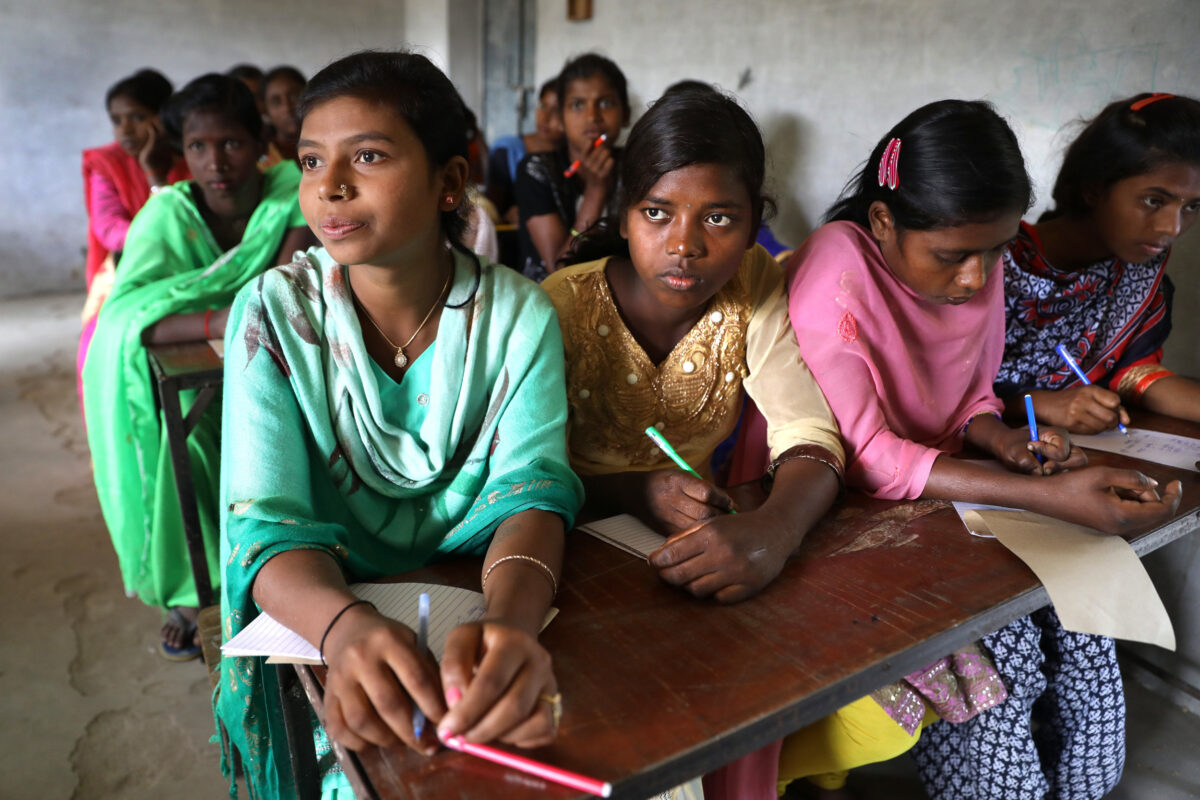Undernourished and Overlooked: A Global Nutrition Crisis in Adolescent Girls and Women

Photo credit: Paula Bronstein/Getty Images/Images of Empowerment
Published: March 2023
Publication: Undernourished and Overlooked: A Global Nutrition Crisis in Adolescent Girls and Women
Authors: United Nations Children’s Fund (UNICEF)
Background:
In the 12 hardest-hit countries, the number of pregnant and breastfeeding women and adolescent girls suffering from acute malnutrition has soared from 5.5 million to 6.9 million – or 25 per cent – since 2020.
More than 1 billion adolescent girls and women worldwide suffer from undernutrition which includes underweight and short height, micronutrient deficiencies, and anemia.
Globally, 51 million children under 2 are stunted. Almost half of all stunting early childhood originates during pregnancy or in the first six months of life – a time when children are entirely dependent on their mothers for nutrition.
Summary:
The report analyzes the current status, trends and inequities in the nutritional status of adolescent girls and women of reproductive age (15-49 years), the barriers they face in achieving a nutritious diet, utilizing essential nutrition services, and benefiting from nutrition and health-focused practices. Data were analyzed from more than 190 countries and territories, representing more than 90% of adolescent girls and women from around the globe.
Findings:
- Progress on addressing adolescent girls’ and women’s nutrition is not advancing quickly enough and has been deprioritized. The current global food and nutrition crisis may slow progress even further and no region is on track to meet the 2030 global targets to reduce anemia in adolescent girls and women by half and low birthweight in newborns by 30%.
- Prevalence of undernutrition and anemia is highest in the lowest income regions and disadvantaged adolescent girls and women are more likely to experience it. The prevalence of underweight among adolescent girls and women belonging to the poorest households is double the prevalence in the wealthiest households (14% v. 7%).
- Poor nutrition is generational. The nutritional status of a mother, including weight, height, and low birthweight, are consistent predictors of stunting and wasting in early childhood. Child undernutrition is concentrated in the same regions as maternal undernutrition.
- The global food and nutrition crisis is worsening the health and nutrition in adolescent girls and women. Adolescent girls and women have been disproportionately impacted by the COVID-19 pandemic and its impact on livelihoods, income, and access to nutritious food. They are also disproportionately impacted by conflict, climate change, poverty, and other economic shocks.
- Diets of adolescent girls and women are not diverse enough to meet nutritional needs. Fewer than 1 in 3 adolescent girls and women have diets meeting the minimum dietary diversity in the Sudan, Burundi, Burkina Faso, and Afghanistan. In other countries, the percentage of women being able to access nutritionally adequate, diverse diets, continues to fall.
- Gender and social inequalities have further slowed progress on improving nutrition in adolescent girls and women. Child marriage and adolescent pregnancy have profound negative impacts for nutrition in adolescent girls and their children. Often, women do not have the ability to make their own decisions, including those that would enhance their education and employment opportunities.
- The nutrition programs and services designed to address undernutrition have not reached the number of women or adolescent girls impacted or has not met the full nutritional needs of these populations. Only 2 in 5 pregnant women benefit from iron and folic acid supplementation for the prevention of maternal anemia and only 29 low- and middle-income countries provide multiple micronutrient supplements, or prenatal vitamins. Conflict and humanitarian crises like the one in Afghanistan, have made these gaps in coverage grow even larger.
- There are policy gaps in addressing undernutrition in adolescent girls and women. Of the eight key policies reviewed that address adolescent girls’ and women’s nutrition, only 8% of countries have all of the policies while 39% have only four or less.
Governments, development and humanitarian partners, the private sector, civil society organizations, and research and academia sectors must work together to strengthen nutrition governance, activate the food, health and social protection systems, and transform harmful social and gender norms to deliver nutritious and affordable diets, essential nutrition services and positive nutrition and care practices for adolescent girls and women everywhere.
Key Quotes:
“Women and girls need access to nutritious and affordable diets, including fortified foods, and essential nutrition services before and during pregnancy and while breastfeeding.”
